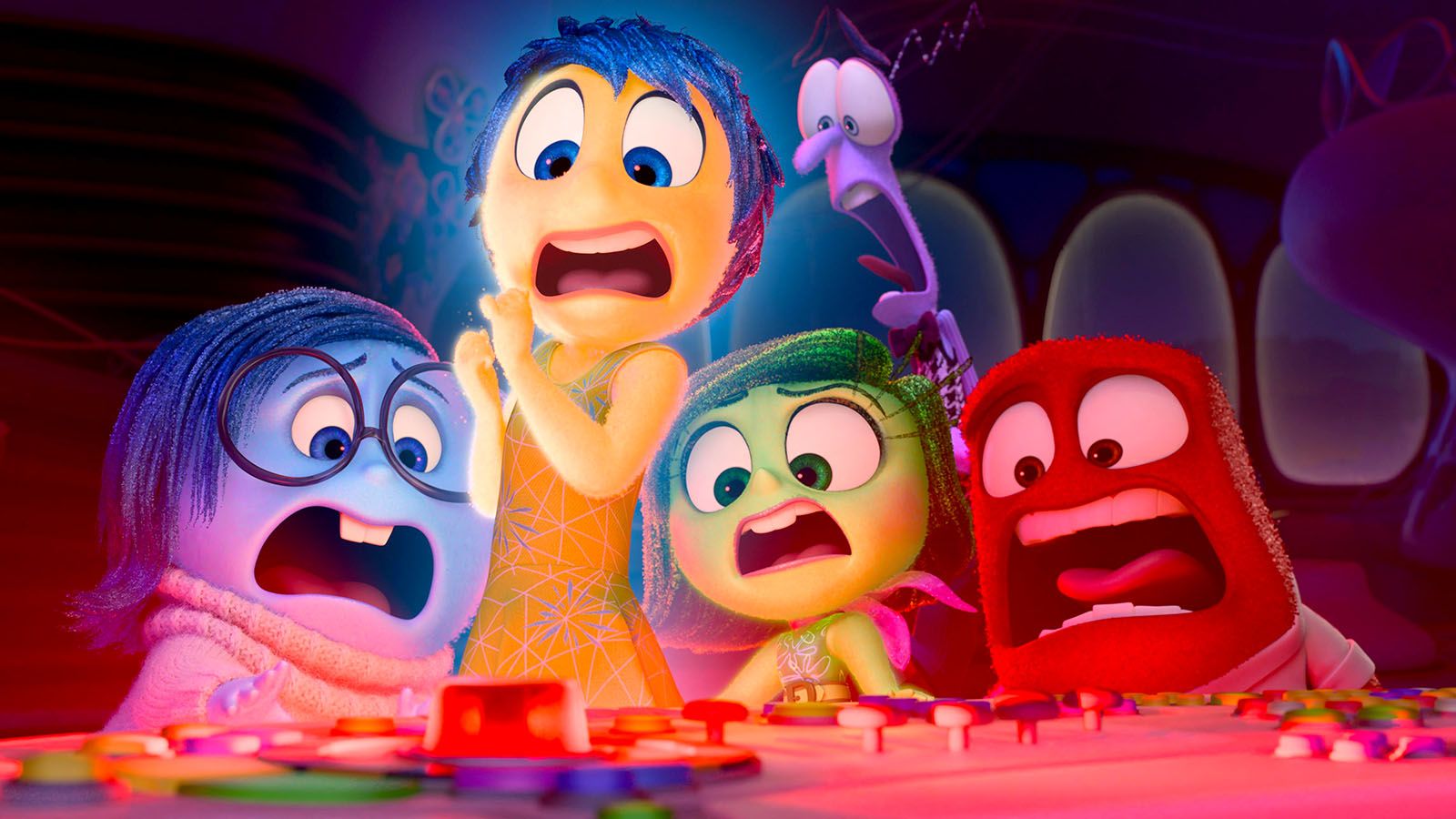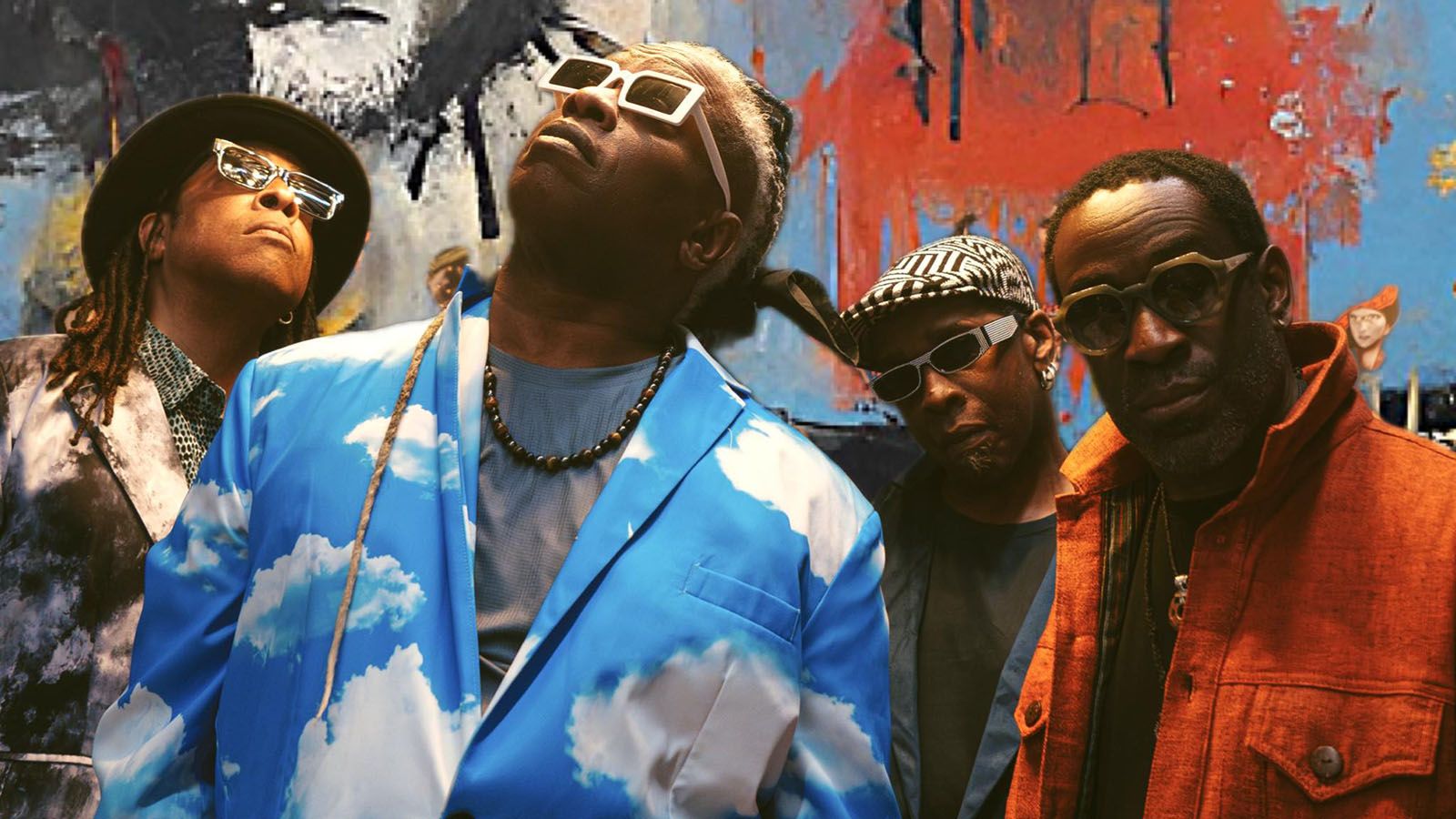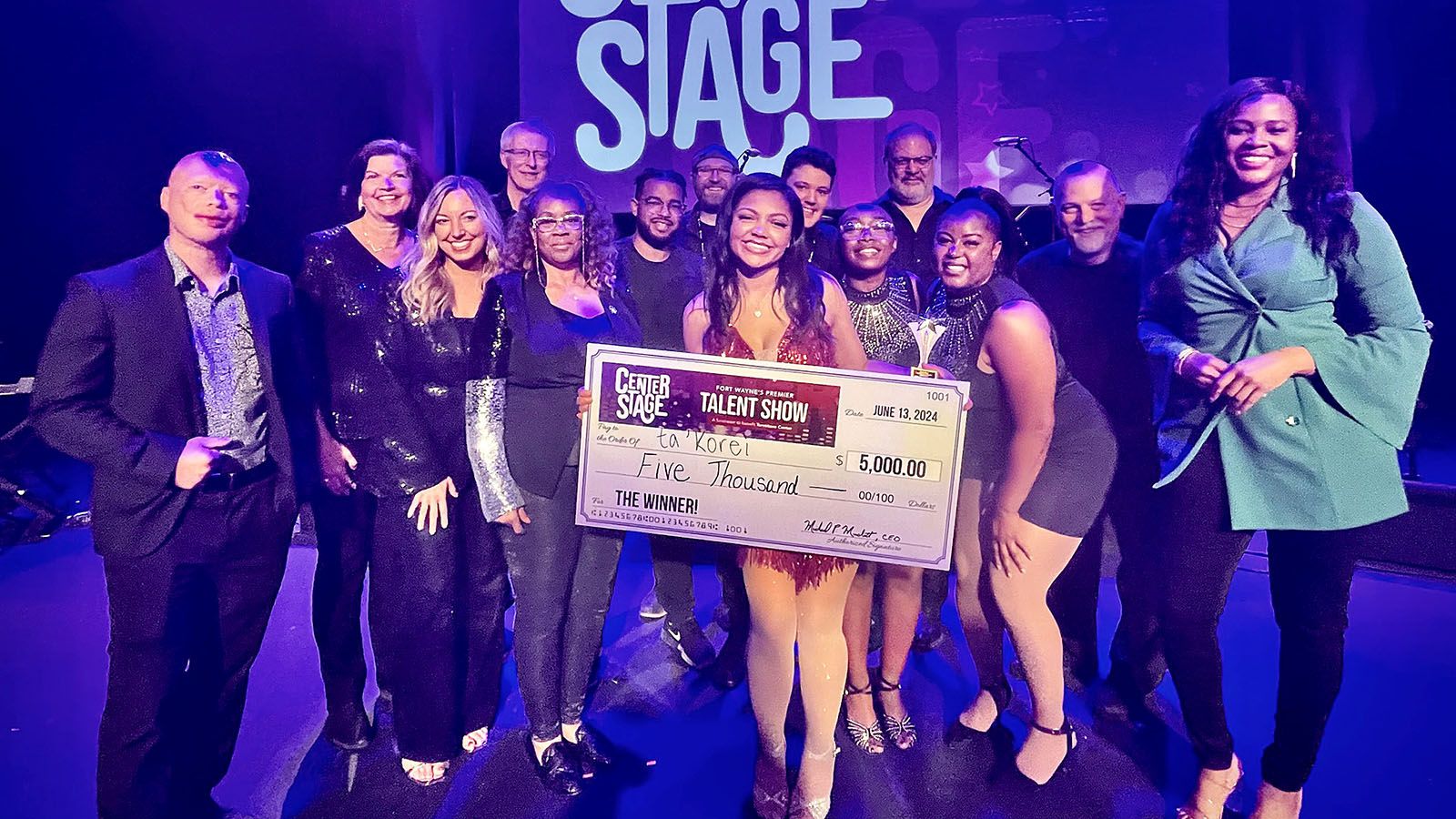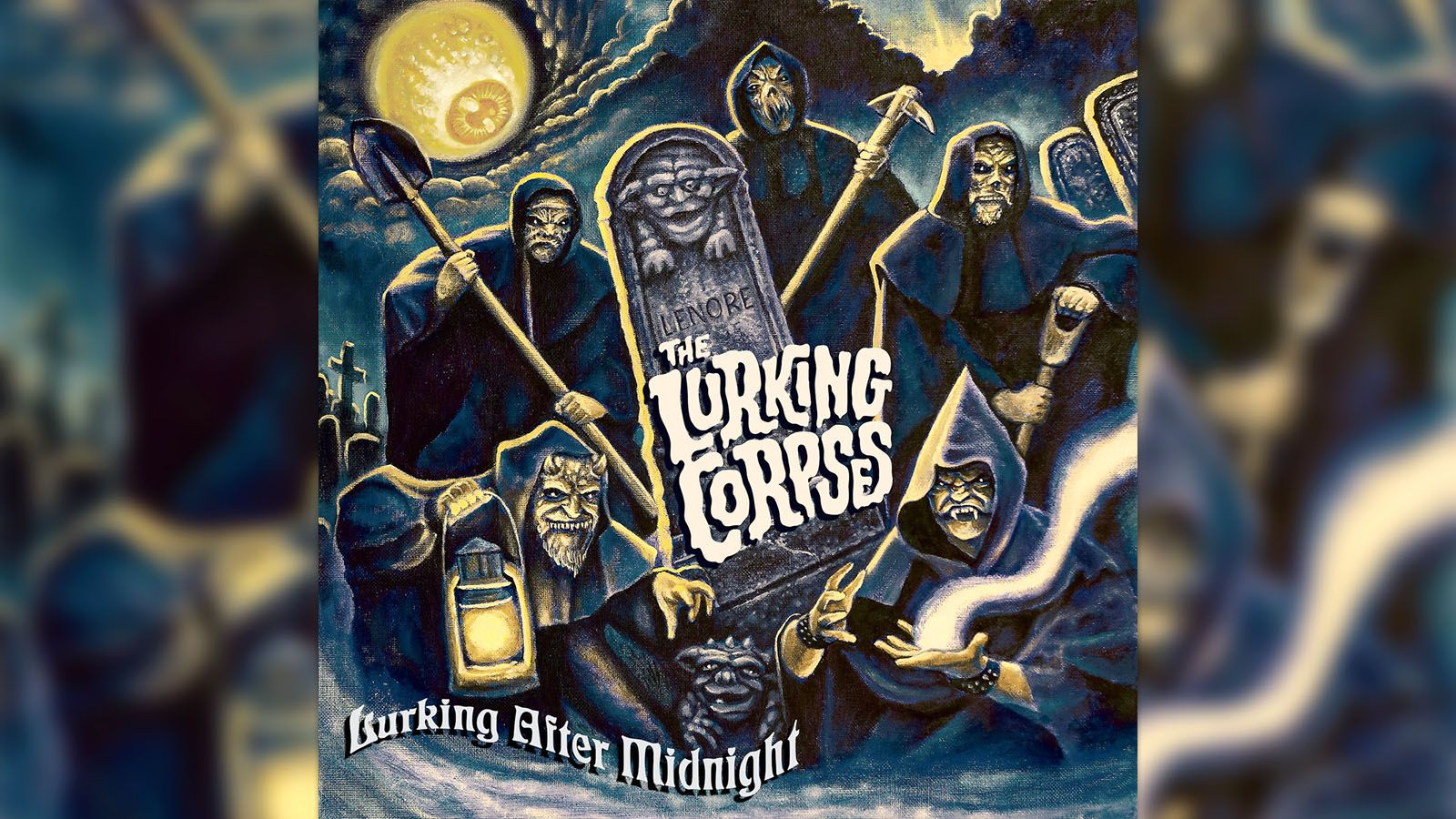Insofar as the pandemic turned everything inside out, fewer studios took a harder hit than Pixar, beginning when the animation studio’s March 2020 theatrical run of Onward was abruptly cut short.
After the disappointment of Onward, Pixar’s next three movies debuted on Disney+ and their theatrical return with Lightyear in summer 2022 drastically underperformed at the box office. Even Elemental’s sleeper run last year after a weak opening weekend cast doubts on the Pixar brand as the money-making juggernaut it’s been for almost 30 years.
A sequel to one of their best films certainly seems a reasonable way to get things back on track, and while I have no doubt Inside Out 2 will put Pixar in a better place financially, it’s a strong achievement artistically as well. This is the studio’s best follow-up to an original IP since Toy Story 2, one that unpredictably builds on the magic of its predecessor in exciting and enchanting ways.
Two years after the events of Inside Out, our protagonist Riley (now voiced by Kensington Tallman) is a teenager, which spells trouble for the five anthropomorphized emotions in her head. Joy (Amy Poehler), Sadness (Phyllis Smith), Fear (now voiced by Tony Hale), Disgust (now voiced by Liza Lapira), and Anger (Lewis Black) seem to have a good system down, until a “Puberty Alarm” on the mind console blares out the night before Riley heads to hockey camp. Suddenly, new emotions pop up in headquarters and start taking over, the most quarrelsome being Anxiety (Maya Hawke). Less bothersome but still impactful are others newcomers Envy (Ayo Edebiri), Ennui (Adèle Exarchopoulos) and Embarrassment (Paul Walter Hauser). Anxious to take over, Anxiety banishes the original five from the control room, who spend most of the film working their way back to balance out Riley’s emotional state.
As much as 2015’s Inside Out was a coming-of-age story about the value of the basic emotions in the human experience, Inside Out 2 examines the more complicated feelings that crop up as we get older. Anxiety, then, is something of a perfect antagonist this time around, as it’s not simply happy or sad but ceaselessly energetic. Hawke does a terrific job at capturing the manic and infectious timbre that approximates the sounds anxiety would make if it could be personified. Poehler is excellent again as Joy, who tries to align her goals with Anxiety, but demonstrates the paths to get there are drastically different. Of course, the ideal would be to have a balance of all these emotions, but the teenage years are all about things being thrown out of whack. The bustling power struggle between Joy and Anxiety is a superb cipher for this stage of life.
Just as Inside Out 2 makes room for more complex emotions and thornier narrative implications, it also deepens the original’s adroitness for visualizing psychological concepts. Building on the lessons learned from that chapter, Joy creates a “Sense of Self” section of Riley’s head, where the multi-colored memory orbs introduced in Inside Out float on a translucent lake where elegant strands spring out of the water. When plucked, these strings echo affirmations like “I’m a good person” and analogize one’s self-esteem. After Anxiety takes the wheel, these threads turn jagged and contain thoughts like, “If I make the hockey team, I won’t be alone.” Now, a more simple animated movie would have these be purely negative thoughts that obviously need to go, but “If I’m good at hockey, I’ll have friends,” isn’t a bad sentiment on its own. The issue is how Anxiety applies these thoughts to Riley’s psyche, beautifully capturing how logical fallacies, thought loops, and cognitive biases can crop up in our brains.
Building upon the incredible “abstract thought” section of Inside Out, the sequel implements different animation styles for several new characters that pop up during Joy and company’s journey back to headquarters. 2D remnants from a TV show Riley watched when she was younger, Bloofy and Pouchy (voiced by Ron Funches and James Austin Johnson, respectively), toss out questions to a non-existent audience in the back of Riley’s mind. There’s also the Final Fantasy-influenced Lance Slashblade and ominous Deep Dark Secret, who incidentally looks like the Hauser-voiced character from this year’s Orion and The Dark. There’s also a frantic set piece involving a house-of-cards cubicle farm of Projections that sneaks in clever references to both 1984 and the “distracted boyfriend” meme.
As much as I love Inside Out, I didn’t expect to enjoy a sequel to it quite this much. However, Inside Out 2 is a fully realized successor that delights and surprises with its imagination and ingenuity.
New movies coming this weekend
- Playing in theaters is The Bikeriders, a crime drama starring Jodie Comer and Austin Butler which tells the true story of the Chicago outlaw motorcycle as their club evolves over the course of the 1960s.
- Also coming to theaters is The Exorcism, a supernatural horror film starring Russell Crowe and Sam Worthington about a troubled actor who begins to exhibit a disruptive behavior while shooting a supernatural horror film.
- Streaming on Netflix is Trigger Warning, an action thriller starring Jessica Alba and Anthony Michael Hall following a skilled Special Forces commando who takes ownership of her father’s bar after he suddenly dies and soon finds herself at odds with a violent gang running rampant in her hometown.
 Submit Your Event
Submit Your Event



